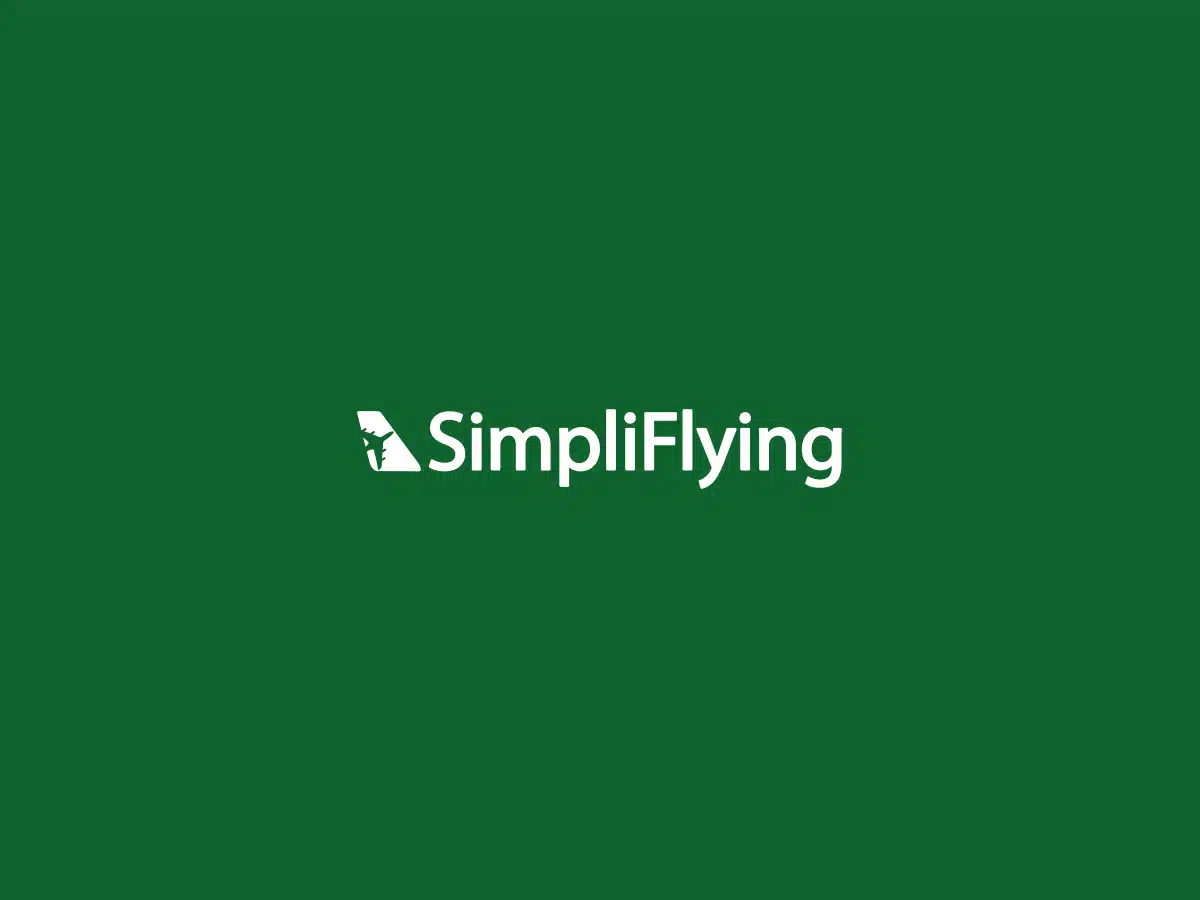The private air charter industry is a peculiar place. If aviation was the Solar System it would probably be a beautiful but lonely planet out there on the outskirts, like Pluto (yes, possibly not even a recognized planet). I lived and worked on this lonely planet for almost two years before joining SimpliFlying and, having studied the feats of large airlines like Southwest Airlines and Virgin Atlantic, I must say that, as a marketer, my landing into this world wasn’t easy, in fact it was a lot like falling on a roller coaster!
Sparsely populated
It’s a world populated by an endless number of small companies and a handful of large ones. In fact according to Eurocontrol in one of its main areas – European business aviation – over 85% of firms have less than 5 aircraft, and an alarming 39% have only one aircraft.
With these numbers, it is easy to understand why a handful of intermediaries (known as brokers) are able to dominate the market and eclipse the brands of the operators. For the, mostly corporate customers, it is easier to have a handful of familiar looking doors to knock on, rather than venturing out in search of an aircraft operator that could fulfil their needs.
A parallel universe: GDSs and the Airline industry
To make an easy to understand parallelism, it can be said that this world is similar to the one in which airlines lived until not so long ago, where they had to subscribe to a Global Distribution Systems (GDS) in order to sell their product to an end customer who did not have the means to reach the airline directly.
However, in the case of airlines, when the internet came along, they were able to reach their end customers at a relatively low cost, and their customers were more than happy to go online and get cheaper tickets. In the private air charter world this never happened.
Reverse auction
From the point of view of the aircraft’s operators the perverse mechanism of securing a charter flight looks a lot like a reverse auction, where the lowest bidder “wins” the right to operate the requested service. And while this was understandable in the Web 1.0 days because the aircraft operators did not have the means to attract a sufficient number of potential customers to their websites, in a social Web 2.0 context this is no longer true.
In an ever-connected social environment these small operators could easily get through to the end customers, bypassing the intermediaries, flaunting their brands to their customers, and not being seen as an undifferentiated product.
No Excuses
Some operators may say that they do not use social media simply because, even after removing the intermediaries, most of their transactions would still be B2B because the end clients are often corporates.
But wait a minute! While these operators might be from a different planet, their end customers are still organizations run by humans, and these humans are the ones who make decisions, the same ones who want to look good to their superiors by taking smart decisions and choosing a better product.
So why not simply use social media to connect with these fellow humans? Why not use social networks such as Linkedin to build professional relationships with these people? Why not discover a world that promises much more than the one you’re currently stuck in?
Do you agree that there’s potential in social media for private air charter? Disagree? Let us know in the comments or tweet us @simpliflying.


